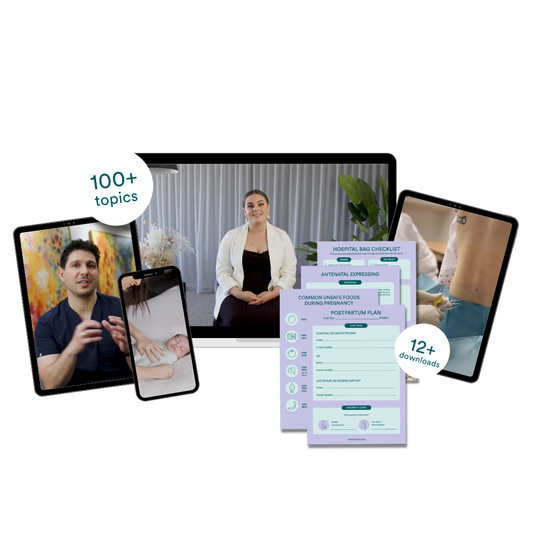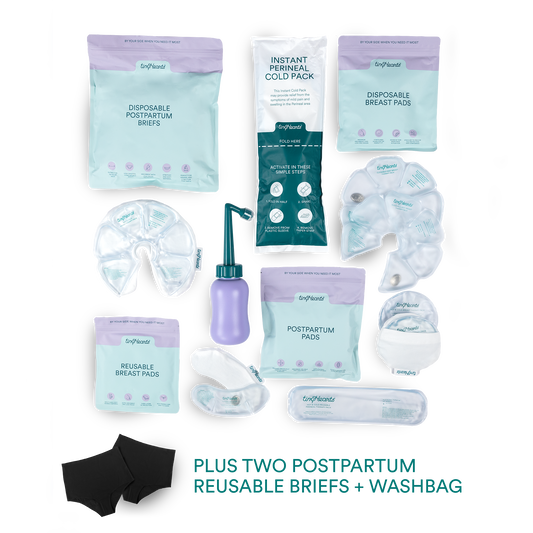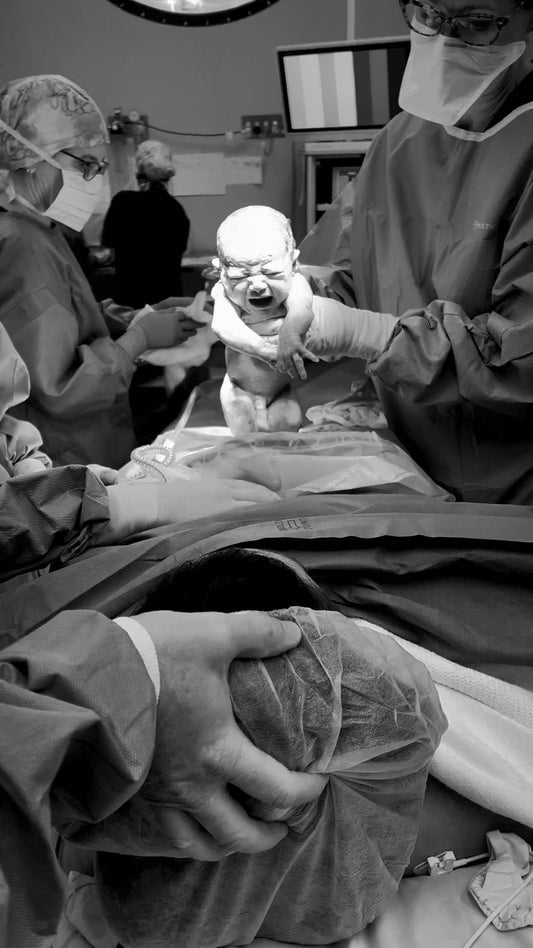They’re barely noticeable, but they’re a neurological emergency.
Infantile spasms are rare, silent, and time-critical. They are one of the most subtle but serious medical conditions a baby can experience. Fast treatment matters, and the only way to act quickly is to know what to look for.
This blog is here to help you recognise the signs, understand the condition, and feel confident in what to do if you’re ever faced with it.
What are Infantile Spasms?
Infantile spasms are a specific type of seizure that happens in babies under 12 months old. They are caused by abnormal electrical activity in the brain.
Unlike what most people picture when they think of a seizure, these spasms are often very small and easily missed.
They often look like:
-
Sudden brief jerks or stiffening of the arms, legs, neck or head
-
A head drop, arm flinging, or legs pulling up quickly
-
Clusters of these movements, typically lasting 1 to 2 seconds each
-
Multiple spasms in a row, often seen when a baby is waking up or falling asleep
-
A subtle pause, stare or change in behaviour that looks like zoning out
Spasms can sometimes be mistaken for:
-
Startle reflexes
-
Colic or reflux episodes
-
Normal baby stretching or twitching
But if the movements are repeating, look unusual, or happen in clusters, they need to be checked.
Why is it So Serious?
Infantile spasms are a neurological emergency. That’s because the brain is rapidly developing in the first year of life, and repeated abnormal electrical activity can seriously affect development.
If not treated quickly, infantile spasms can lead to:
-
Developmental delays
-
Regression of skills your baby had already gained (like smiling, rolling, or making sounds)
-
Ongoing and harder-to-control epilepsy later in life
This is why medical teams treat it as urgent. According to the Royal Children’s Hospital and Sydney Children’s Hospitals Network, early treatment can significantly improve outcomes for a baby’s long-term development.
What Causes Infantile Spasms?
Sometimes, the cause is known. Other times, no cause can be found.
Known causes may include:
-
Brain injury before or during birth
-
Brain malformations
-
Genetic conditions, such as tuberous sclerosis
-
Metabolic disorders
-
Infection or trauma affecting the brain
When no cause is identified, it’s called cryptogenic or idiopathic infantile spasms. This accounts for about 20 to 30 percent of cases.
How is it Diagnosed?
If a doctor suspects infantile spasms, they will arrange urgent tests including:
-
EEG (electroencephalogram), a brain scan that looks for a specific electrical pattern called hypsarrhythmia
-
MRI scan to check for any brain structure abnormalities
-
Blood and genetic testing to explore possible underlying causes
Diagnosis should not be delayed. If infantile spasms are suspected, a referral to a paediatric neurologist should happen immediately.
Capturing the Moment: STOP Infantile Spasms
A picture may say a thousand words, but a video can be the key to a timely diagnosis. When it comes to infantile spasms, recording what you see is crucial. These subtle movements can be easily overlooked or misinterpreted, so having a video can provide invaluable information to healthcare professionals.
The STOP acronym is a helpful guide:
-
See the signs: clusters of sudden, repeated, uncontrolled movements like head bobs or body crunching
-
Take a video: record the symptoms and talk to your doctor immediately
-
Obtain diagnosis: confirm an irregular brain wave pattern with an EEG test
-
Prioritise treatment: end spasms to minimise developmental delays
When recording:
-
Ensure good lighting and a clear view of your baby's face and body
-
Capture the entire episode, including any movements before and after the spasm
-
Note the time of day and what your baby was doing before the episode
Immediate Action: When to Seek Emergency Care
If you observe signs of infantile spasms in your child:
-
Do not wait for the next appointment
-
Present to the nearest emergency department immediately
-
Bring the video recording to assist with diagnosis
According to the Royal Children's Hospital guidelines, infantile spasms require urgent assessment and treatment.
Advocating for Your Child: Navigating the Healthcare System
Given the rarity of infantile spasms, it is possible that some healthcare professionals may not have encountered them before. As a parent, your observations and advocacy are vital.
When consulting with medical professionals:
-
Provide a detailed history of the episodes, including frequency, duration, and any patterns you have noticed
-
Share the video recordings you have captured
-
Discuss any developmental changes or regressions you have observed in your child
If initial assessments do not yield a diagnosis but you continue to observe concerning signs, do not hesitate to seek a second opinion or request further evaluation.
Understanding EEGs: The Importance of Comprehensive Testing
An EEG (electroencephalogram) is a critical tool in diagnosing infantile spasms. However, standard EEGs may not always capture the necessary information.
Key points to consider:
-
Extended EEG monitoring may be required to detect the specific patterns associated with infantile spasms
-
If initial EEG results are inconclusive but symptoms persist, advocate for longer or repeated EEG studies
-
Ensure that EEGs are conducted during times when spasms are most likely to occur, such as after waking
By being proactive and informed, you can play a crucial role in securing timely and accurate diagnosis and treatment for your child.
Sources
-
Royal Children’s Hospital Clinical Guidelines: Infantile Spasms
-
Sydney Children’s Hospitals Network: West Syndrome (Infantile Spasms)
-
Epilepsy Action Australia
-
Wilmshurst JM et al. Treatment of infantile spasms: new evidence and future directions. Pediatrics. 2022;149(3):e2021056049








